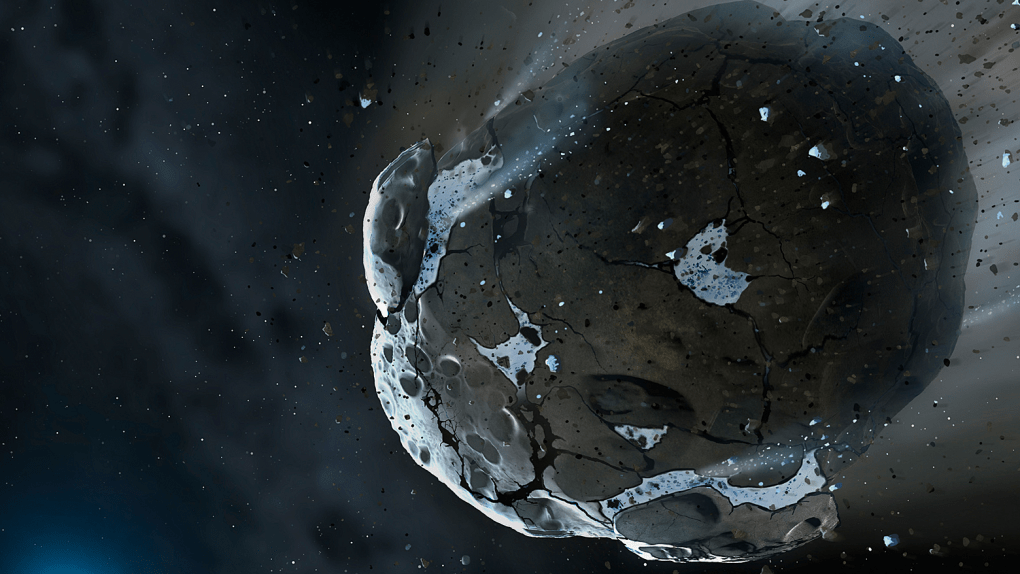There are lots and lots of space rocks hanging out in our solar system. Most of them will never pose a threat to our planet, but a very tiny percentage will indeed come close. Inevitably, Earth will be on a collision course with a dangerous asteroid at some point in the future, and identifying the objects that pose threats is a very big deal.
Modern telescopes and other observational tools can give astronomers a good idea of which rocks are headed our way, but relying on humans to scour for these possibly dangerous asteroids means that some may be overlooked and missed entirely. To see just how many possibly dangerous asteroids we’ve been missing, researchers from the Netherlands built an AI network to analyze the data and see what it could find.
As the researchers explain in a new paper published in Astronomy & Astrophysics, the computer brain was tasked with spotting objects that were likely to come within approximately 4.7 million miles of Earth. That distance might seem like a nice cushion, but it’s close enough that scientists would like to be able to track such asteroids over the long term to ensure they don’t cause a problem down the road.
The objects also had to meet a size criteria and measure over 100 meters in diameter in order to register with the AI as a threat. Objects of that size have the potential to cause serious damage if they were to directly impact our planet.
After running the simulation and looking as far as 10,000 years into the future, the AI returned some rather surprising results. Not only were there additional potentially dangerous objects that hadn’t been detected, but there were quite a few of them. A total of 11 asteroids that were not on NASA’s list of potentially hazardous objects were cited as being of potential concern.
Going forward, the researchers hope to hone their technique to be able to predict dangerous flybys with even greater accuracy. “We now know that our method works, but we would certainly like to delve deeper in the research with a better neural network and with more input,” Portegies Zwart, a member of the research team, explains. “The tricky part is that small disruptions in the orbit calculations can lead to major changes in the conclusions.”








